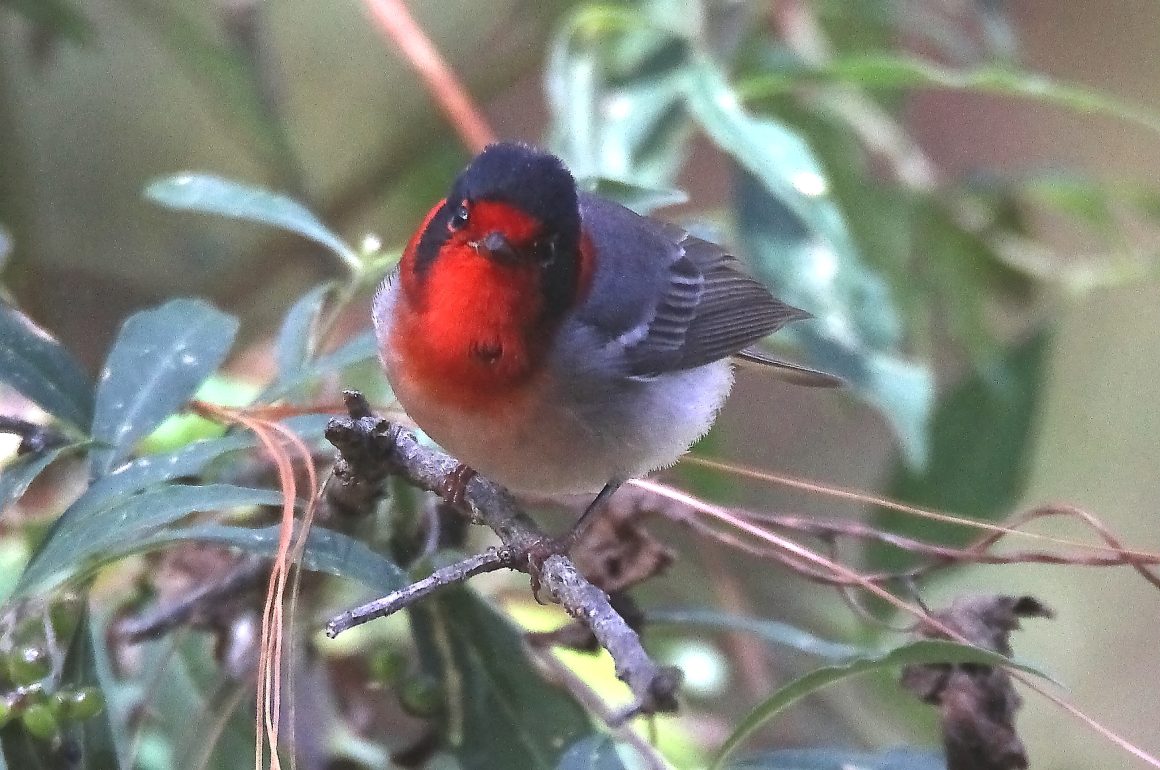
Most birders refer to some bird species as their nemesis. That is what we call a bird we probably should have seen already, but has somehow eluded us long enough to have become a special thorn in our side.
In my case, the list of species I have yet to see is far too long to single out only one. But I can think of a species or two that could fit into a related category, that of birds that I see fairly often, but have somehow denied me decent photos, no matter how often I see them. All I need is a nice name for this kind of bird. “Photographic nemesis”? That seems a bit clunky. “Phemesis”? That sounds sexist. “P.N.”? Nah, lacks style. “Photo-nemesis”? Seems like the best option. (And yes, nemeses is the plural of nemesis. Who knew?)
I started thinking about this because one of my, well, whatever we are going to call them, finally surrendered to my camera this week. The Red-faced Warbler is, by any standard, a very handsome bird.
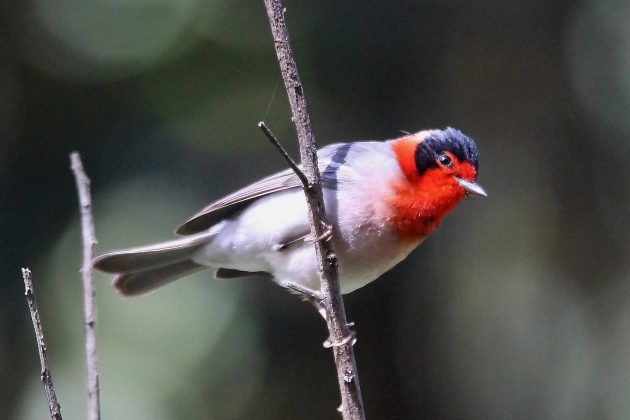
I saw my first Red-faced Warblers in 2013. I have now seen them more than 50 times. But it wasn’t until this past Monday that I finally managed photos that satisfy me. And, I managed quite a few.
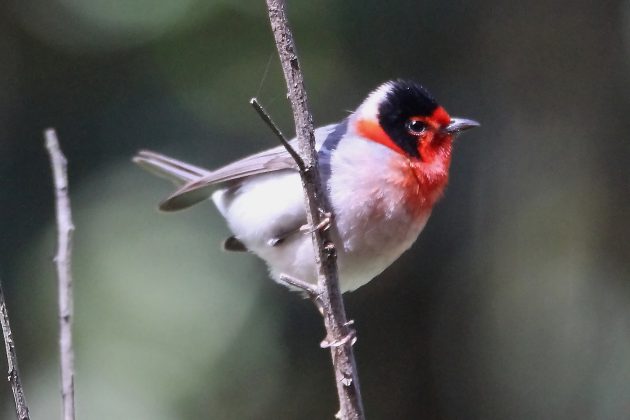
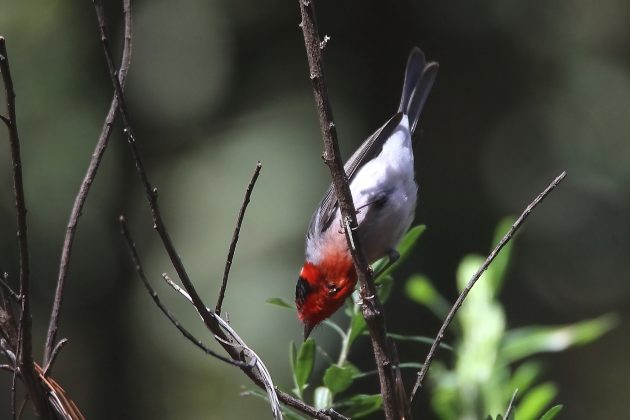
The Red-faced Warbler is also a member of the very small club of birds that migrate annually, but mostly within Mexico. Those that breed in northwestern Mexico and the U.S. states of Arizona and New Mexico spend the winter in central Mexico Those that breed farther south, in central west Mexico, winter in southern Mexico and even in Guatemala. Here in the southern state of Michoacán, we only see them in winter.
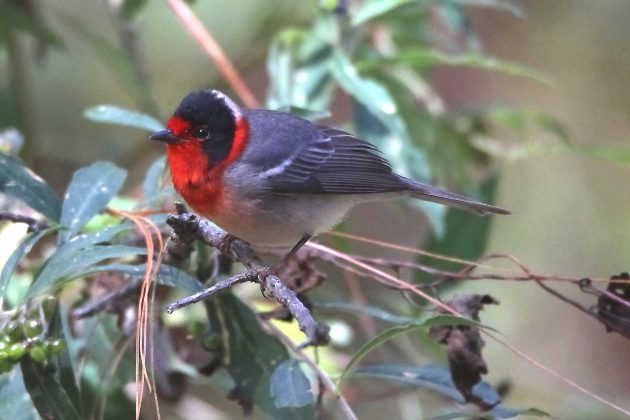
When we do see these in Michoacán, we often see lots of them. But don’t think that makes them easy to photograph. Until this obliging bloke came along.
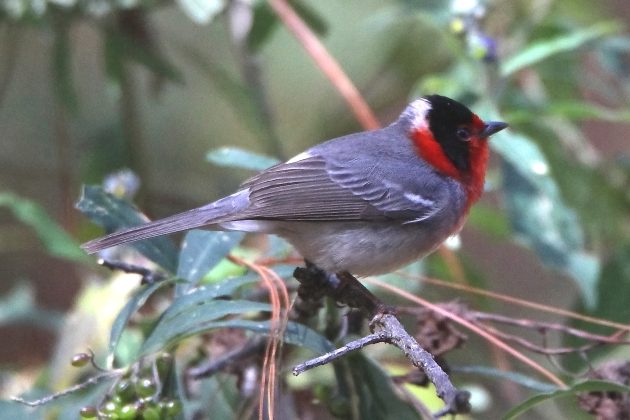
I also had some luck with a nice Painted Redstart, another species that is difficult to photograph, but not quite impossible. If you only had this photo to guide you, you might wonder why this bird is called “Painted“.
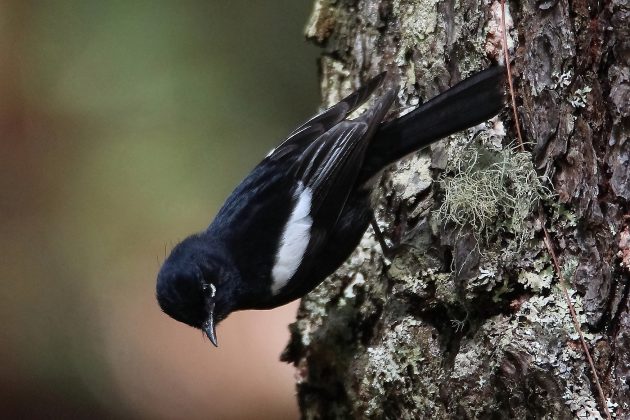
This is why.
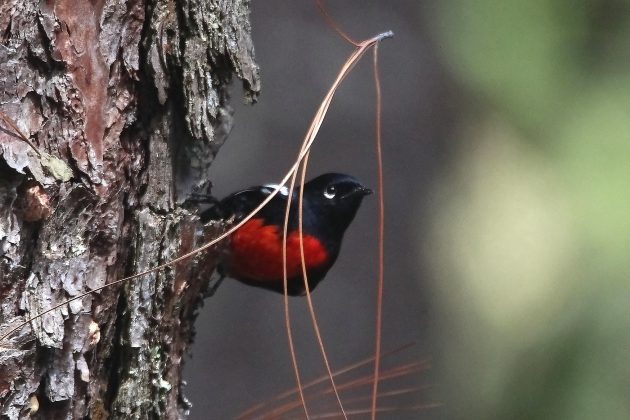
A distant Hook-billed Kite was definitely not ready for its close-up. But this is one bird that looks great when backlit.
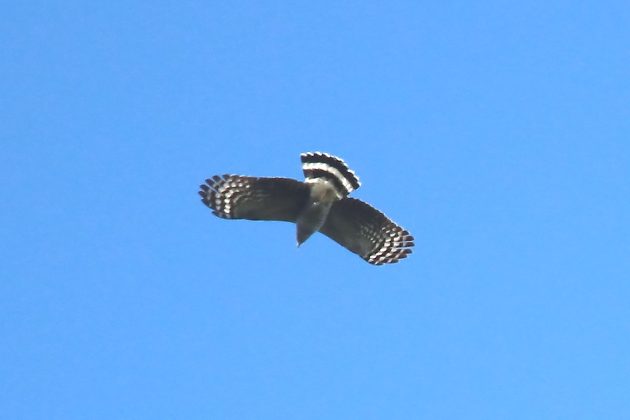
I’ll top off this week’s harvest with a pair of photos that female White-eared Hummingbirds gifted me. These are not my first good shots of this species’ females. But the male White-eared Hummingbird could still fit comfortably in the photo-nemesis category; its purple forehead and throat almost always look black, and I have yet to get a good shot of that beautiful, but elusive, masculine purple flash.
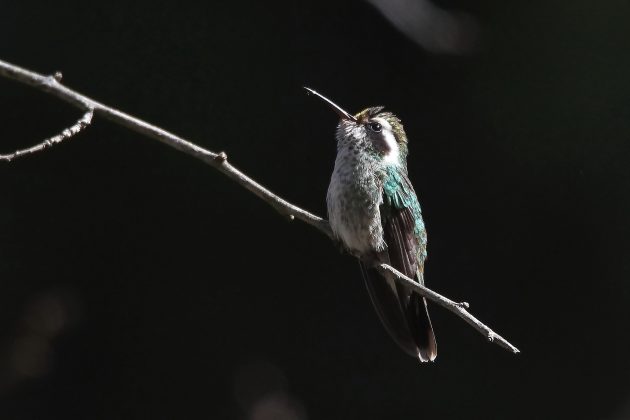
As often happens with hummingbirds, that golden sheen on this female’s forehead is pollen, not feather color.
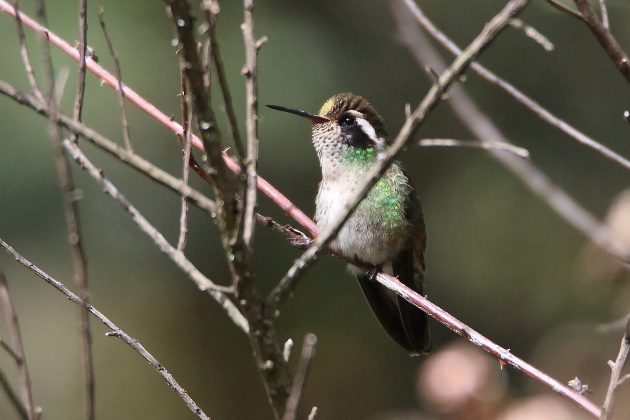
My best purple flash, from way back in 2018. Still a photonemesis…
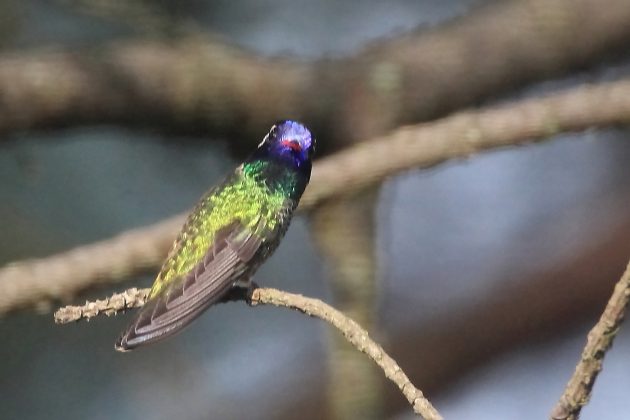











Very nice post. I obviously have 10,000 photo-nemeses . My favourite non-photo nemesis must be the Snow Bunting. However, I like to change nemesis regularly 😉